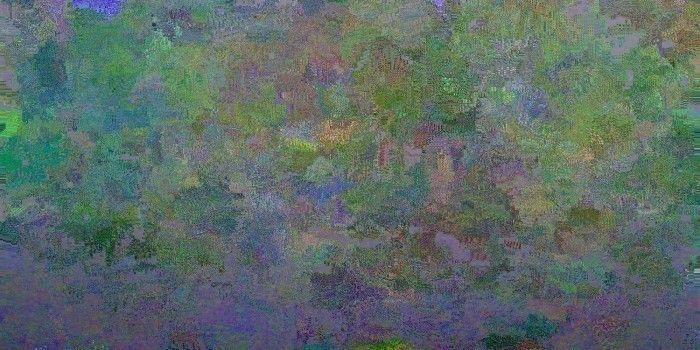31 juillet 2018
Somaini, Antonio, Necsus.
Resolution: Digital materialities, thresholds of visibility
FRAG fragment du document :: 2016 chars → 297 mots
REL :: REVUE EN LIGNE RE :: RECHERCHE
→ L’article en ligne : /necsus-ejms.org/resolutio...
→ Le document au format pdf
Resolution: Digital materialities, thresholds of visibility
by Francesco Casetti and Antonio Somaini
[...]
During the early 2000s, the widespread diffusion of digital visual technologies, begun a decade earlier, brings to the foreground once more the question of resolution with its various aesthetic, epistemological, and political implications. Artists, photographers, and experimental filmmakers tackle it from different viewpoints, focusing in many cases on the status of pixels and on their visualisation. Making pixels visible becomes a way of exhibiting the materiality of digital images while at the same time emphasising the fact that degrees of resolution determine thresholds of visibility, as we can see in the work of figures such as Thomas Ruff, Jacques Perconte, Harun Farocki, Hito Steyerl, Eyal Weizman, and Thomas Hirschhorn.
[...]
Compression formats are also at the center of the work of the French experimental filmmaker Jacques Perconte, whose work can be considered, among other things, as a way of revisiting the traditions of Impressionism through digital means. Working meticulously on the different ways in which one may sabotage or hack the well-functioning of compression formats – a practice which in its more popular, widespread, and often repetitive forms is known as datamoshing – Perconte produces films which often begin by positing a camera in front of some kind of natural, atmospheric, environmental scenery. As it happens in films like Chuva (Madeira) (2012) [Figs 1, 2], which begins with the grey view of a storm over the sea and turns into a pulsating landscape of colored pixels, the images filmed with the videocamera begin gradually to be distorted and destructured, producing all kinds of restless, glitch-like, pixelated compression artifacts, and transforming the screen into a matrixial field whose plasticity – whose capacity of generating forms by aggregating and disaggregating pixels – appears to be limitless.


Figs 1, 2: Jacques Perconte, Chuva (Madeira) (2012), 2K Scope 24p film, courtesy of the artist.